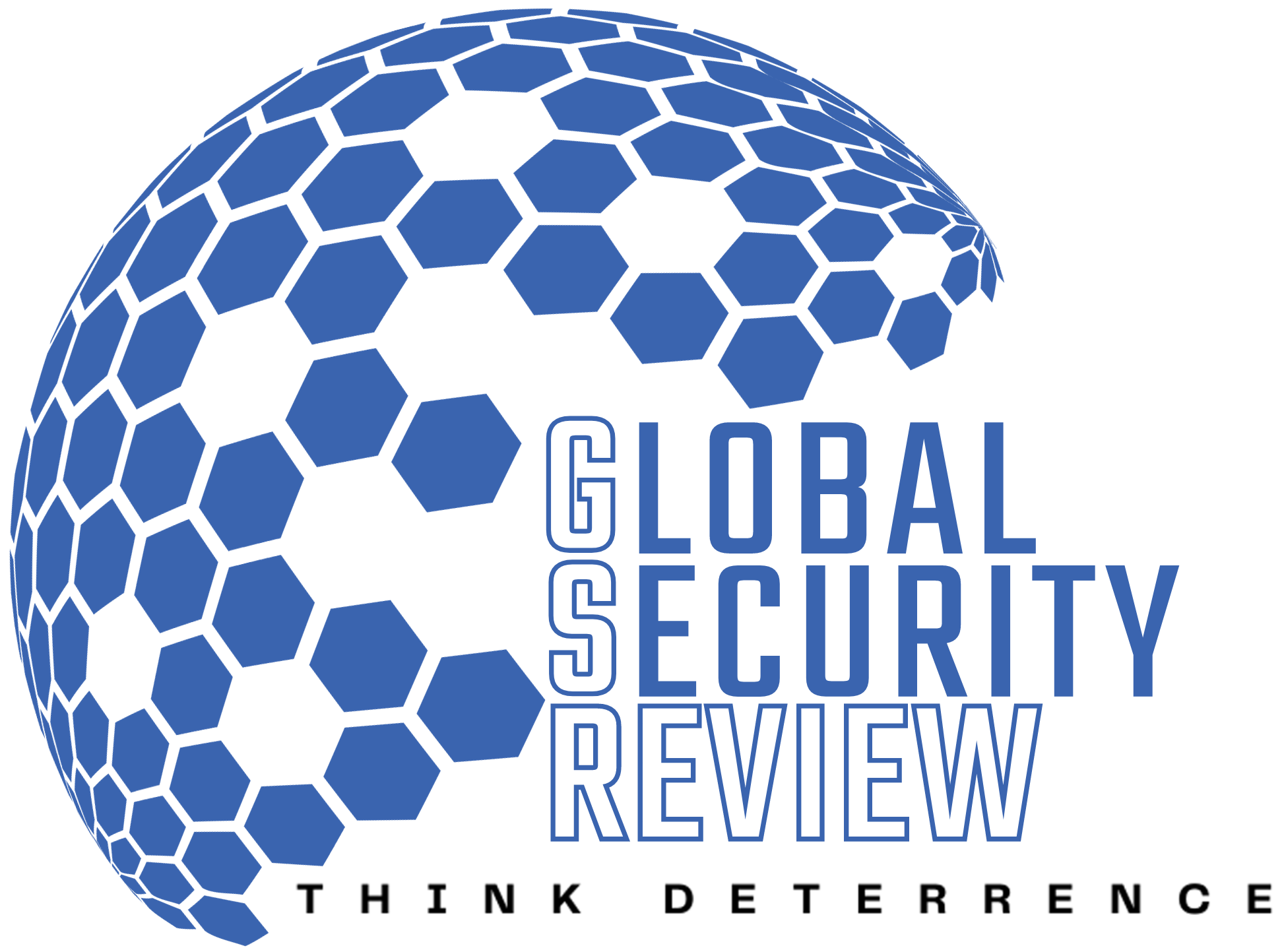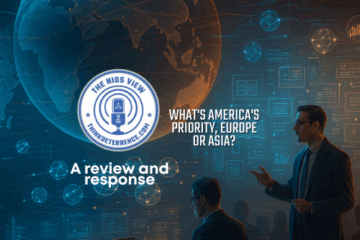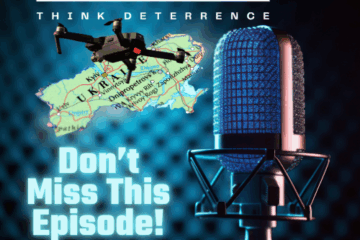Israel’s PM Benjamin Netanyahu has defined the strategic goal of his country’s Operation Rising Lion as rolling back the Iranian threat to Israel’s survival. Israel is pounding Iran’s nuclear facilities, IRGC military installations, and the top Iranian military leadership with unprecedented operational accuracy and precision, putting Iran’s nuclear program front and center of the international political agenda.
Iran’s Supreme Leader, Ayatollah Khamenei, recently criticized the US proposal for a nuclear deal, while also expressing his doubts about the success of talks. US Special Envoy for the Middle East Steve Witkoff argued that Iran should not be allowed to possess enrichment capabilities and declared such capabilities a red line. Iran, however, rejected the US demand and stuck to the traditional Iranian narrative that Tehran will continue the enrichment process with or without a deal. The divergent positions of the two sides indicated that the talks were likely to reach a dead end, but this time Iran’s nuclear program appeared to have reached a pivotal moment.
As Iran has gained the tools and necessary understanding of enrichment technology, it was unrealistic to think that Iran would completely terminate its enrichment capabilities without the pressure of a war or regime change. Structural realist Kenneth Waltz claimed that if Iran became a nuclear power, nuclear balance and stability vis-à-vis Israel would result. However, it is worth critically reviewing this argument in the context of the South Caucasus region, particularly Azerbaijan, as this challenges Waltz’s notions.
Offensive Realism
In his 2012 article, “Why Iran Should Get The Bomb,” Waltz argued that trying to dissuade a country from seeking a nuclear weapon via sanctions and isolation does not yield a positive result, as the case of North Korea illustrates. Waltz formulated three scenarios regarding Iran’s nuclear program. In the first scenario, Tehran was compelled to end its nuclear program in the face of heightened international sanctions and diplomacy. In the second scenario, Iran developed a breakthrough capability but stopped short of testing a nuclear weapon. In the third scenario, Iran conducted a nuclear test.
It is worth mentioning that in the two decades since Waltz wrote the article, international sanctions and increased diplomatic pressure failed to achieve a meaningful result. Even with the Joint Comprehensive Plan of Action (JCPOA), Iran’s enrichment continued in exchange for sanctions relief. The second possible prediction that Iran will acquire the capability but not test a nuclear weapon can be applied to the present. US Secretary of State Marco Rubio described Iran as on the “threshold of a nuclear weapon.”
Waltz’s central argument is based on the assumption that Israel’s nuclear edge in the Middle East creates an imbalance and that Iran’s intention is to provide a nuclear balance, thereby creating deterrence between Israel and Iran. However, considering Iran’s regional policies over the past decades and its foreign policy instruments, such as using surrogates and proxy forces to destabilize its neighbors and the entire region, one can argue that the notion of Iran’s possession of nuclear capabilities would create “stability” through a nuclear balance does not stand scrutiny.
The ideological nature of the Iranian regime alongside its expansionist foreign policy challenges Waltz’s view. Iran’s increasing ballistic missile capabilities and drone production is an indication that the Iranian nuclear program will facilitate Iran’s offensive nuclear capabilities.
Waltz also overlooked the domestic dimension and variables, meaning the imperialist tendencies within Iran, as well as variables in perception, such as the worldview of the Supreme Leader and Iranian Revolutionary Guard Corps (IRGC) leaders. Moreover, Waltz’s argument that Iran is striving to ensure its own security by possessing nuclear weapons is questionable in the context of the Russia-Ukraine war, which repeatedly shows that having a nuclear deterrent does not shield a country from attack and loss of territory via conventional means.
While structural realists view the international system as anarchic and see states as striving, at a minimum, to ensure their survival, the offensive realist perspective explains state behavior more accurately. In fact, the anarchic nature of the international system directs states to maximize security, and to do so they maximize relative power. Regardless of specific threats states try to expand power. As security is not guaranteed under the anarchic international system, states maximize power to ensure their security.
As John Mearsheimer argues, states maximise their relative power because having military advantage ensures their security. The notion that Iran possessing nuclear weapons is about ensuring Iranian security and creating a nuclear balance fails to address the offensive nature of Iranian foreign and security policies in the region as well as its expansionist approaches.
An offensive realist perspective explains Iran’s nuclear program strategy accordingly, as Iran’s track record and foreign policy instruments show it takes a hegemonic approach in the region to maximize its influence over neighboring countries and increase its relative power. Waltz viewed Iran’s nuclear strategy vis-à-vis Israel, but a nuclear-armed Iran would have a very different geopolitical role in a region like the South Caucasus, sandwiched between two rogue, imperialist regimes—Iran and Russia.
Considering that Iran and Russia are strategic allies that share common geopolitical views of the West and desire to curtail the Westward-looking foreign policies of the South Caucasus, particularly Azerbaijan, a nuclear-armed Iran will not create a balance but push regional actors towards Russia against their will—particularly considering that membership in the North Atlantic Treaty Organization (NATO) is unlikely.
According to Robert Gilpin, “As the power of a state increases, it seeks to extend its territorial control, its political influence, and/or its domination of the international economy.” Thus, a nuclear-armed Iran would engage in solidifying and maximizing its geopolitical goals and interests in its neighboring countries, creating more instability.
Iran’s Nuclear Programs and the Region
The lessons of Russia’s imperialist war of aggression against Ukraine and Russian official narratives such as the rejection of Ukrainian identity and statehood are proof that Iran’s nuclear program, and potential weaponization of it, pose an existential security risk to Azerbaijan as an independent country and the South Caucasus region, in general. Iranian imperial ambitions, coupled with a grudge against Azerbaijani independence, puts the country’s security at risk.
Azerbaijan’s close ally Turkey, which does not possess nuclear weapons, cannot serve as a counterweight for a nuclear Iran. Iran prefers a weak Azerbaijan on its northern border.
Iran also prefers to use Azerbaijan’s neighbor, Armenia, against Baku. A nuclear Iran might further embolden Armenian revanchist circles to seek a change in the status quo, which could start another war.
A nuclear-armed Iran may also increase its efforts to destabilise Azerbaijan via proxy groups, such as the Huseyniyyun Brigade, as Tehran attempts to curtail Azerbaijan’s independent foreign policy. However, a nuclear deal may still allow Iran to use the lifting of sanctions to increase its political and economic influence in Azerbaijan and the South Caucasus via soft power and proxies.
Thus, a nuclear agreement with the United States and fielding nuclear weapons both pose potential risks. The Iran-Russia 20-year strategic pact, which was signed recently, also points to the fact that both Moscow and Tehran will further cooperate and stand against a Western role in the region. Increasing Iranian-Russian military cooperation is also a point of concern. Both countries are heavily sanctioned internationally, but they do not pose an obstacle to the growing trade and military ties between the two states.
Azerbaijan’s position as a link between the West and Central Asia, bypassing both Russia and Iran, is an irritant in Moscow and Tehran. Iran’s staunch opposition to Armenia-Azerbaijan normalization is evident in its stance against the Zangezur corridor as Tehran does not want to lose leverage in the South Caucasus as Armenia’s close ally. The facilitation of the transfer of Indian weapons to Armenia and the transfer of Russian weapons to Armenia via Iranian soil illustrates the fact that the Iranian regime continues to be a source of destabilization in the region. In short, a nuclear Iran allied with Russia cannot establish a nuclear balance in the South Caucasus region; rather it will increase security risks and pose an existential threat to the independence of Azerbaijan and Georgia.
Contrary to Kenneth Waltz’s argument that a nuclear balance would lead to stability, this analysis suggests it will instead lead to instability—particularly in the South Caucasus. As Russia’s war on Ukraine shows, direct imperialist activities by a nuclear Iran cannot be precluded from the future of a nuclear-armed Iran. In short, a nuclear-armed Iran is bad for the Middle East, the South Caucasus, and the World. It will not bring Kenneth Waltz’s stability.
Rufat Ahmadzada is a graduate of City University London. His research area covers the South Caucasus and Iran. The views expressed in this article are the author’s own.




